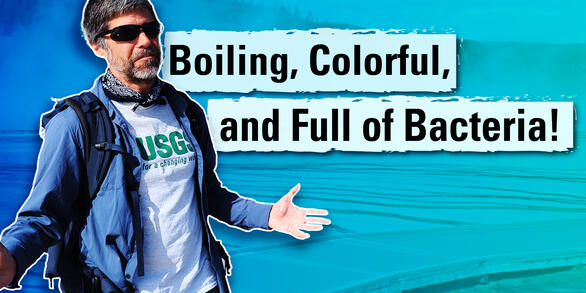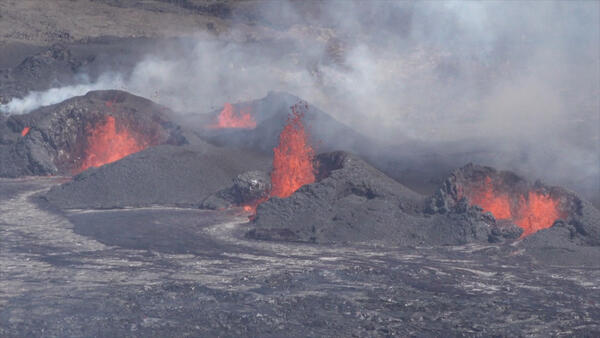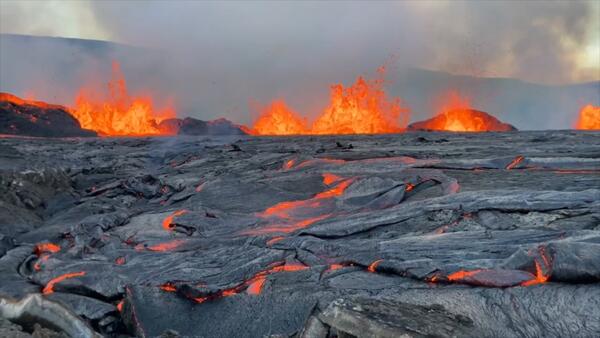Kīlauea volcano - views of the September 2023 summit eruption
Kīlauea volcano - views of the September 2023 summit eruptionThis is a video compilation of Kīlauea volcano's summit eruption in September 2023. The video shows clips of the eruptive vents and lava fountains as the eruption progressed from September 10-16, 2023.
























